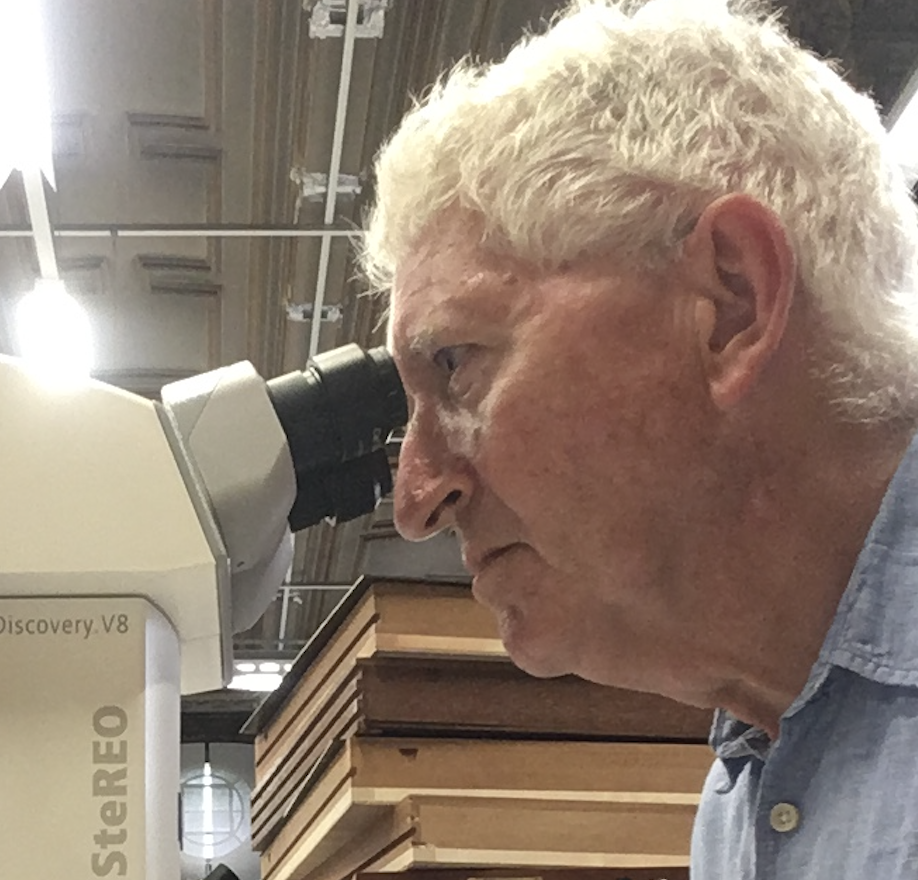Are harvestmen spiders?
Harvestmen certainly look like spiders, at least to the uninitiated. However, eight legs is about the only feature harvestmen and spiders share. Harvestmen don’t produce silk, their two body segments (the cephalothorax and abdomen) are joined as one oval unit (in spiders these are more clearly divided), and they have just two eyes (spiders mostly have eight, some six) which are mounted on a turret.
So what are harvestmen?
All this makes harvestmen more closely related to scorpions.
Where can you find them?
Harvestmen are slow-moving arachnids, active by night or at dawn and dusk. During the day, you’ll usually find them resting on tree-trunks or under logs. They can’t see well, so use their second, longest pair of legs to feel the way ahead.
What do harvestmen eat?
Though they do take small prey, they also scavenge dead insects and bird droppings, and feed on decaying plant material and fungi.
How do harvestmen hunt?
Like scorpions, harvestmen hunt prey using the pincer claws on the front of the head. These are much shorter than the hand-like front limbs of scorpions, but are still powerful enough to tackle tiny, soft-bodied invertebrates in the herbage.
They are also sit-and-wait predators, using their limbs to feel for passing meals, and there are anecdotal reports that they use their long legs to lower themselves onto unsuspecting prey.
Main image: A female Leiobunum rotundum harvestman. © Arterra/UIG/Getty
